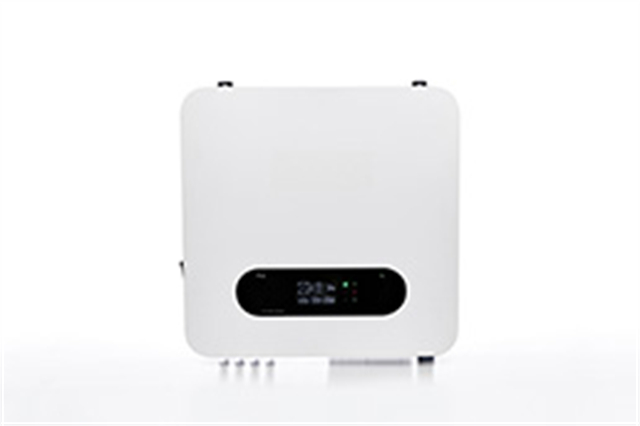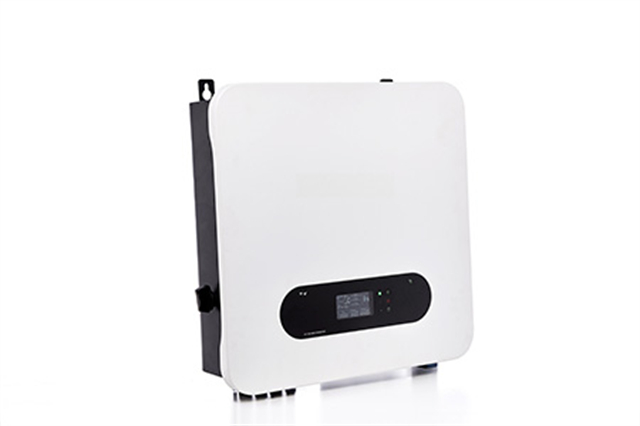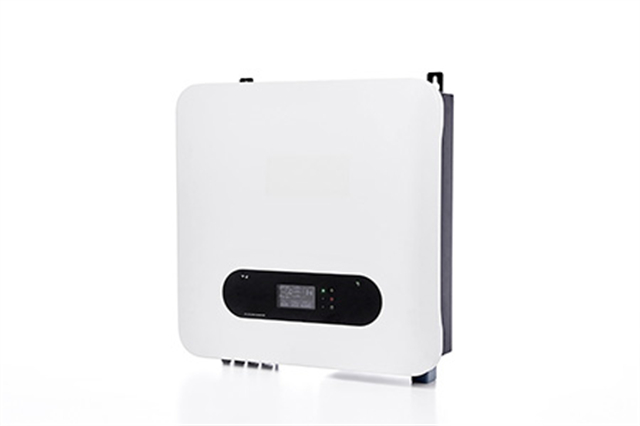Author:BLD Solar Energy SystemFROM:Solar System Converter Manufacturer TIME:2023-10-31
On Grid Micro Inverter is a vital component in solar energy systems. It converts the direct current (DC) generated by solar panels into alternating current (AC) that can be used to power appliances and feed back into the grid. To ensure the efficient and safe operation of an on-grid microinverter, it is essential to follow certain tips and guidelines. In this article, we will discuss eight important tips for using an on-grid microinverter.

One crucial tip is to install the microinverter in a well-ventilated area away from direct sunlight and heat sources. This helps to prevent overheating and ensures optimal performance.

Ensure that all wiring connections are secure and properly insulated. Loose or damaged wires can lead to power loss or electrical hazards. It is recommended to hire a professional electrician to handle the wiring installation.

Perform routine maintenance checks to identify any issues or abnormalities. This includes inspecting the microinverter for physical damage, cleaning dust or debris, and tightening loose connections. Regular maintenance helps prolong its lifespan and ensures its efficiency.
Invest in a monitoring system that provides real-time data on the performance of your on-grid microinverter. This enables you to detect any faults or underperformance promptly and take necessary actions to rectify them.
Install surge protection devices to safeguard your microinverter from sudden power surges or lightning strikes. This protects the sensitive components of the inverter and prevents any potential damage.
Regularly check for firmware updates provided by the microinverter manufacturer. Upgrading the firmware ensures that your on-grid microinverter is equipped with the latest features, bug fixes, and performance enhancements.
Familiarize yourself with the local regulations and guidelines related to the installation and operation of on-grid microinverters. Ensure that your system meets all the necessary requirements and obtain any required permits or certifications.
If you live in an area prone to power outages, consider integrating a battery backup system with your on-grid microinverter. This allows you to store excess energy generated by the solar panels and use it during times of low or no sunlight.
Using an on-grid microinverter efficiently is crucial for maximizing the benefits of solar energy systems. By following these eight tips - proper placement, adequate wiring, regular maintenance, monitoring system, surge protection, firmware upgrades, complying with local regulations, and considering a battery backup system - you can ensure the optimal performance and longevity of your on-grid microinverter.
